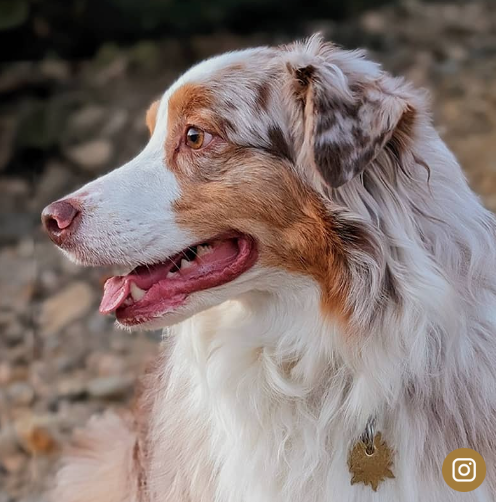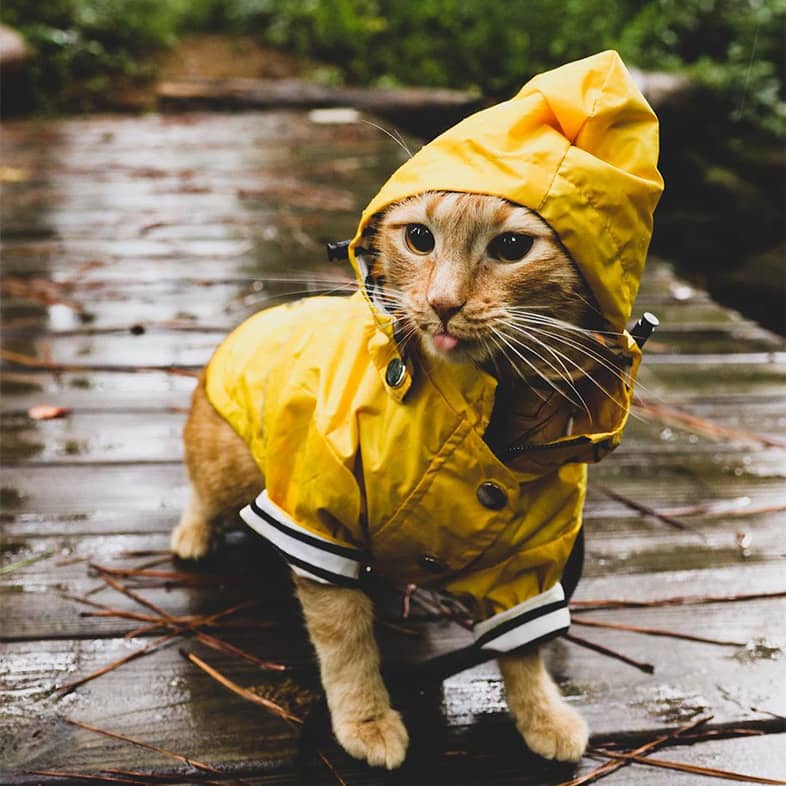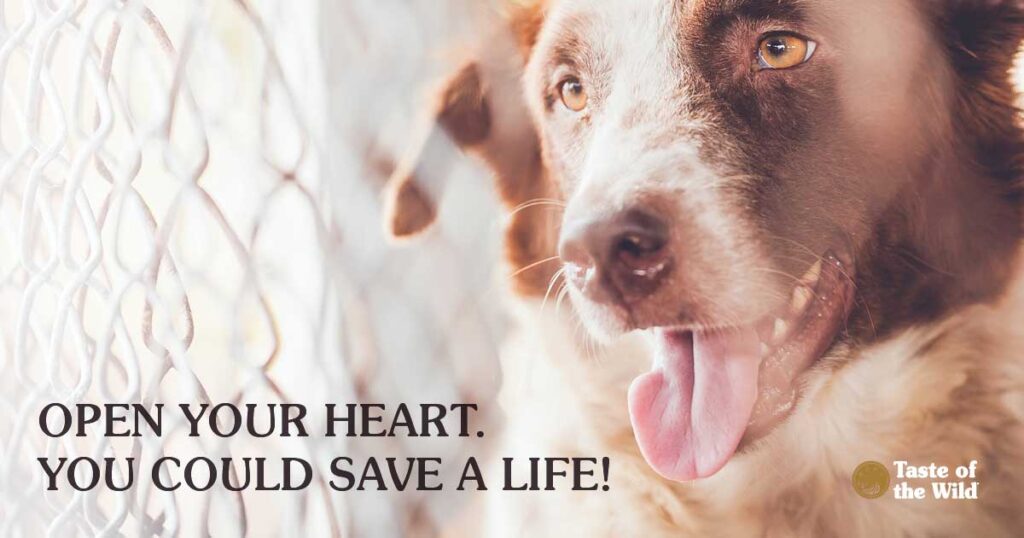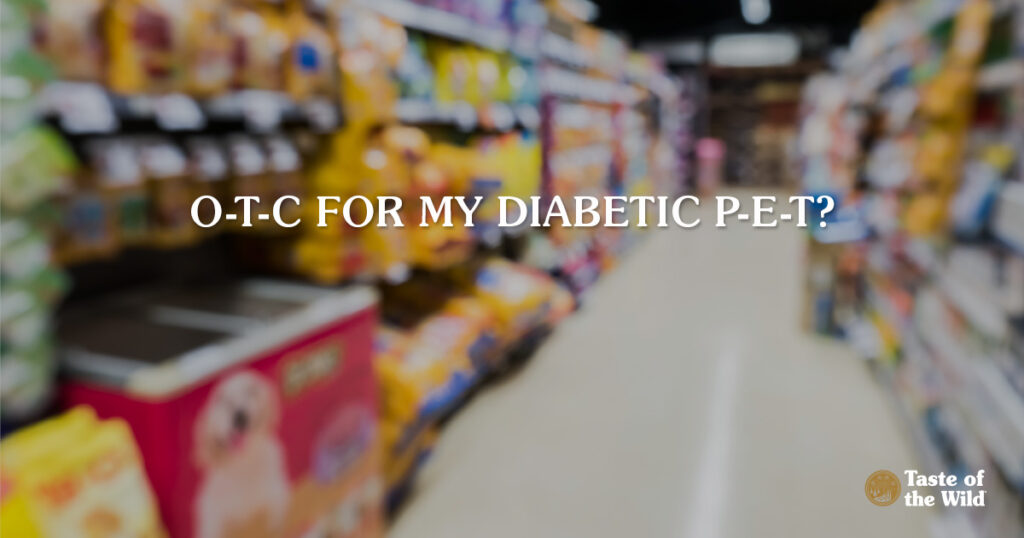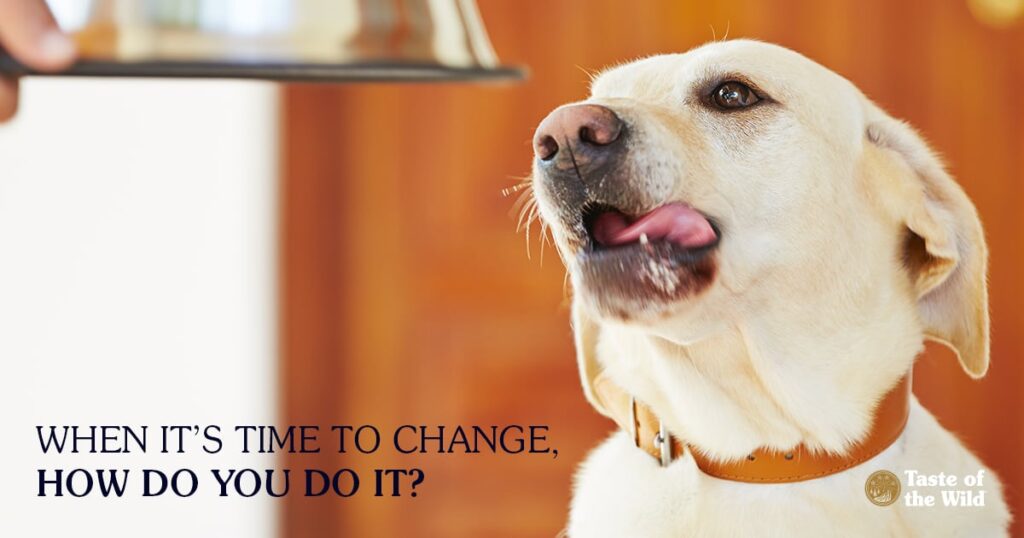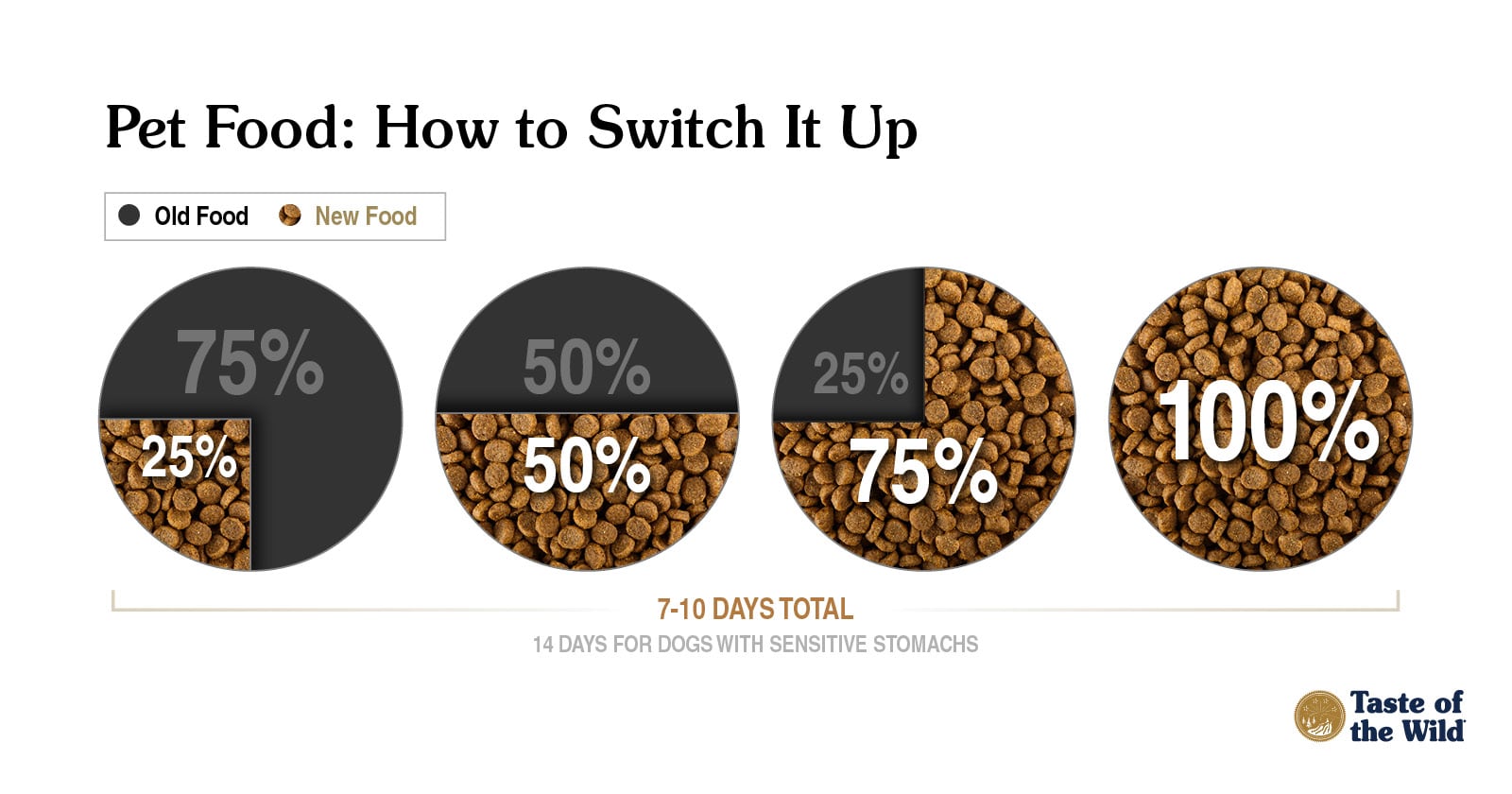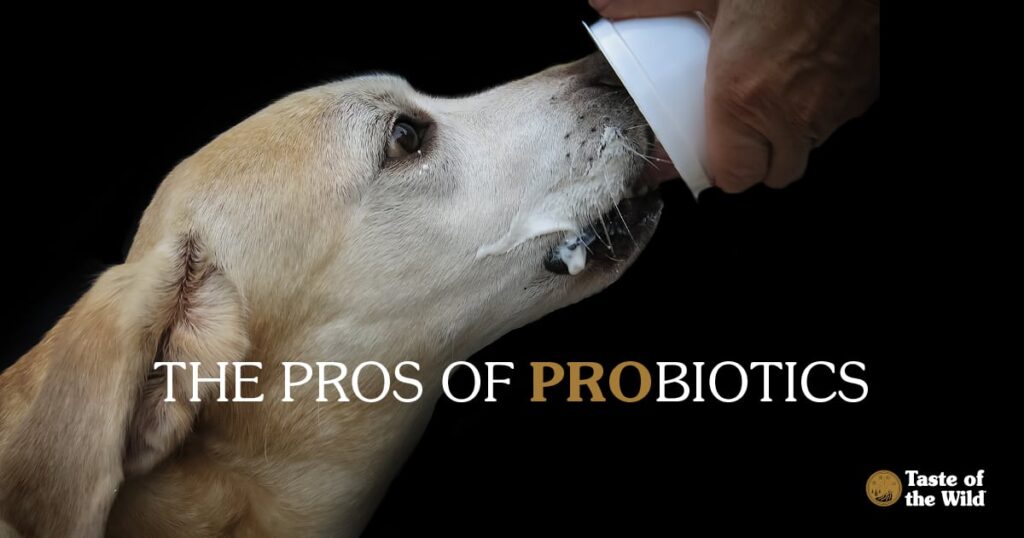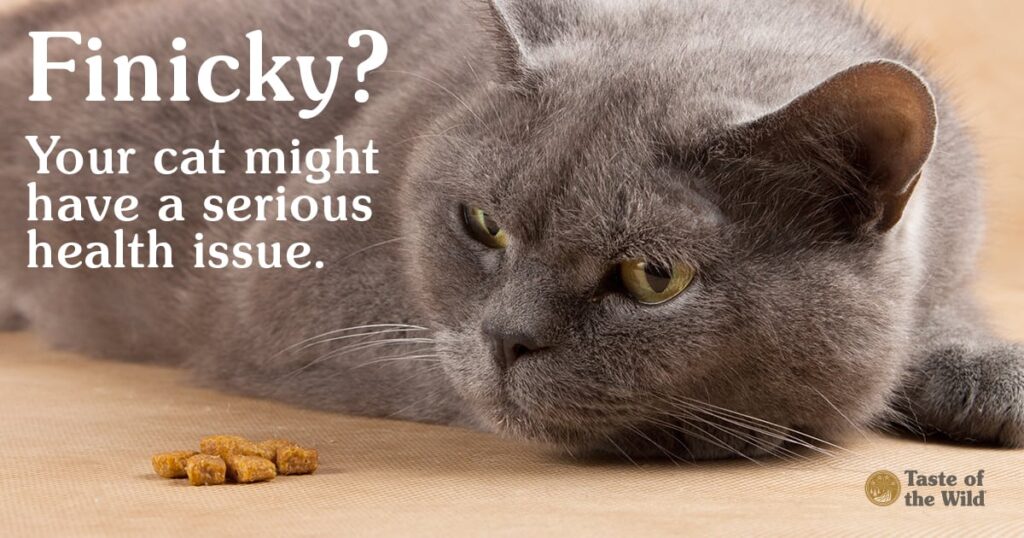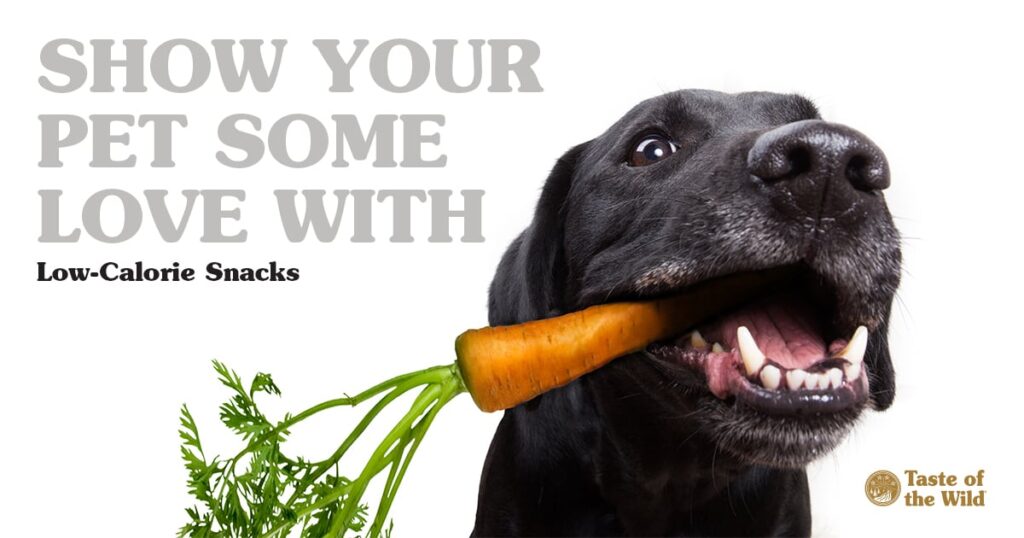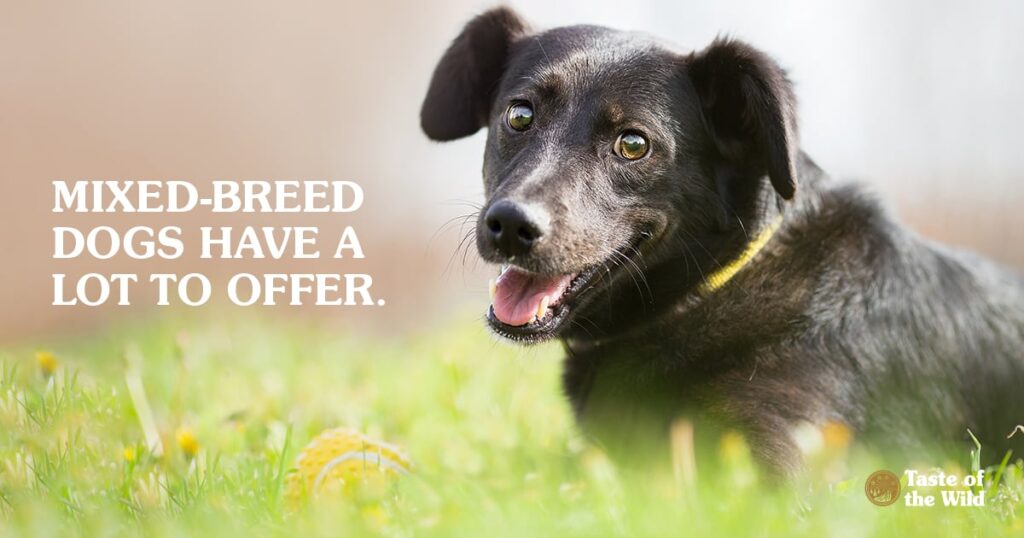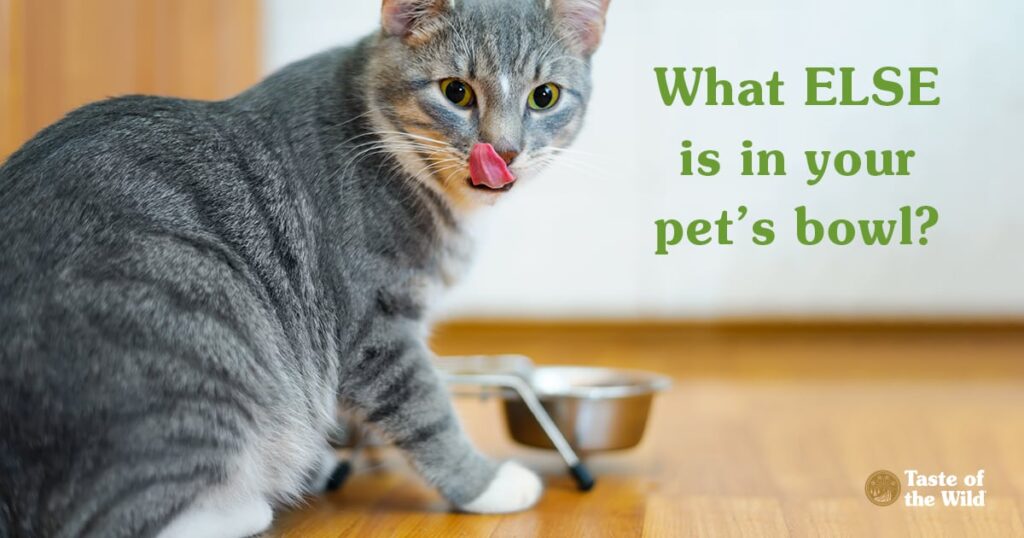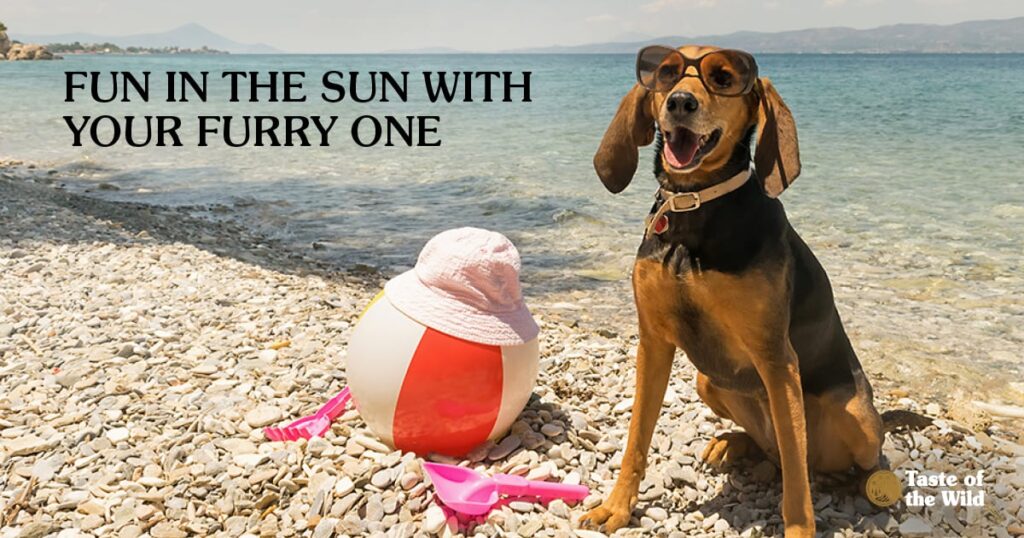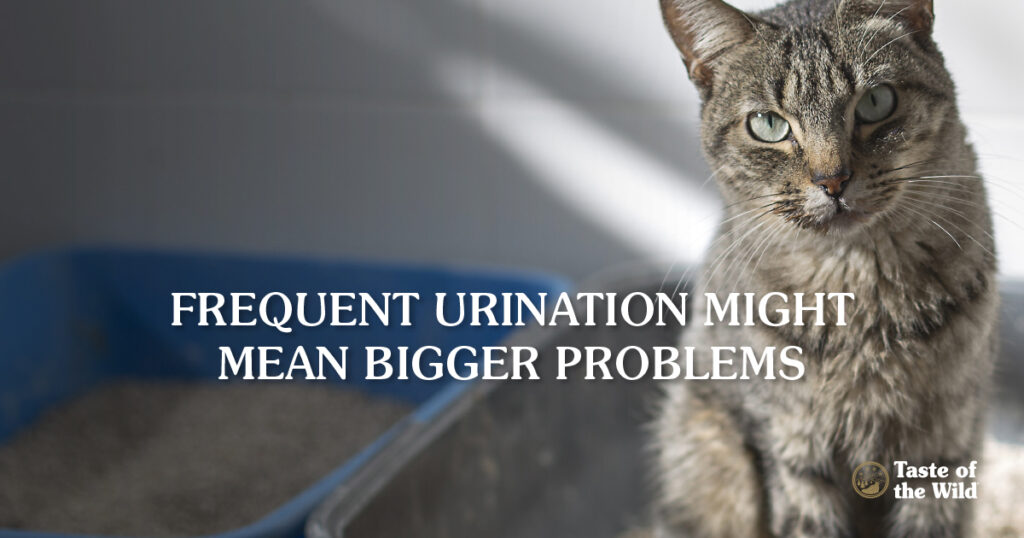
Cats have been dubbed the masters of disguise for their skill at masking the signs of illness. Fortunately for their owners, cats can’t always bury the evidence even if it is a pain getting rid of the smell of cat pee. In fact, leaving behind larger amounts of urine, or urinating more frequently in general, may be your cat’s way of hinting at a serious health issue.
What Goes In Must Come Out
If you’re finding more urine in the litter box, it usually means your cat is drinking more, too. On average, a healthy 10-pound cat usually drinks about one cup of water a day.

If you suspect that your cat is urinating more, try to determine how much they drink in 24 hours. Measure fresh water into a bowl in the morning, and then keep track of how many times you refill the bowl, measuring each time. The next morning, measure how much is left in the bowl. (For homes with more than one cat, you may need to isolate the cat in question in their own room during this time.) If your cat drinks more than a cup of water per 10 pounds of body weight each day, you should call your veterinarian.
A number of diseases can make your cat thirstier. The most common are kidney disease, diabetes and hyperthyroidism, an overproduction of thyroid hormone. Of course, hot weather can make your cat drink more too, so increased urination doesn’t always indicate a health problem.
While you may be tempted to limit your cat’s water so there’s less to clean up in the litter box, you should never do this without consulting your veterinarian first. This can lead to severe dehydration and make matters worse. It’s better to keep filling the water bowl to keep up with your cat’s thirst.
Changes in Urination Could Be Signs of Something Bigger
Frequent and apparently painful urination can be the sign of a partial or full blockage of the urethra, the tube that channels urine from the bladder to the outside. This tends to occur more often in male cats because their urethras are typically longer and narrower than those of female cats.
These cats tend to void smaller amounts of urine than their large-volume counterparts. They may strain, cry out in pain and even leave evidence of bloody urine. Because the cat may associate the litter box itself with pain, it may avoid the box entirely and urinate in other areas of the house.
When to See Your Vet
If you suspect your cat may have a urinary blockage, it’s a medical emergency, and your cat needs to see the veterinarian immediately. If confirmed by the veterinarian, your cat will most likely require anesthesia and emergency care to unblock the urethra.
If your cat’s not straining to urinate, but just appears to be urinating more, it’s still important to schedule a veterinary visit in the near future. Your veterinarian may recommend blood tests, a urinalysis and possibly X-rays or other tests to help determine the cause of the problem.
The Role of Nutrition in Urinary Health
In many cases, your veterinarian may recommend a special diet to help support your cat’s health. For example, some therapeutic foods have been shown to help slow the progression of kidney disease and extend the cat’s lifespan. Other diets may help put diabetes into remission, so the cat no longer needs insulin. Still other foods may help reduce or eliminate the need for hyperthyroid medications and even help urinary blockages from recurring in the future.
All of these make for a happier, healthier kitty. So your cat may leave fewer hints about their health in the litter box.
